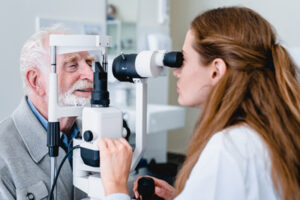High school seniors impacted by Alzheimer’s disease can win up to $5,000 for college through the Alzheimer’s Foundation of America’s (AFA) Teen Alzheimer’s Awareness Scholarship. Students can enter the contest by visiting www.alzfdn.org/scholarship. The deadline for submissions is March 1, 2022.
“Teens across the country are making an impact because they’ve been impacted by Alzheimer’s— they are caring for loved ones, volunteering, working at care settings, raising awareness and conducting research,” said Charles J. Fuschillo, Jr., AFA’s President and CEO. “These college scholarships will help tomorrow’s leaders in the fight against Alzheimer’s disease with their college education. We invite all high school seniors who have been affected by Alzheimer’s to enter.”
College-bound high school seniors are invited to apply for the scholarship by submitting an essay (1,500 words maximum) describing how Alzheimer’s disease has impacted their lives and what they have learned about themselves, their family and/or their community through their experience with Alzheimer’s. Essays can be submitted by visiting www.alzfdn.org/scholarship. Students already attending college are not eligible to participate.
Awards range from first prize of $5,000, second prize of $3,500, third prize of $2,500, fourth prize of $1,500, and fifth prize of $1,000 to honorable mentions between $750 and $400. Since the program’s inception, more than $350,000 in college scholarships have been awarded.
AFA has been able to provide these scholarship funds with the generous support of charitable donors.
Individuals wishing to support this and other programs and services for families affected by Alzheimer’s disease can do so by visiting www.alzfdn.org/donate or calling AFA at 866-232-8484.
The Alzheimer’s Foundation of America is a non-profit organization whose mission is to provide support, services and education to individuals, families and caregivers affected by Alzheimer’s disease and related dementias nationwide and to fund research for better treatment and a cure. Its services include a National Toll-Free Helpline (866-232-8484) staffed by licensed social workers, the National Memory Screening Program, educational conferences and materials, and “AFA Partners in Care” dementia care training for healthcare professionals.
For more information about AFA, call 866-232-8484, visit www.alzfdn.org, follow us on Twitter or connect with us on Facebook, Instagram or LinkedIn. AFA has earned Charity Navigator’s top 4-star rating for six consecutive years.

